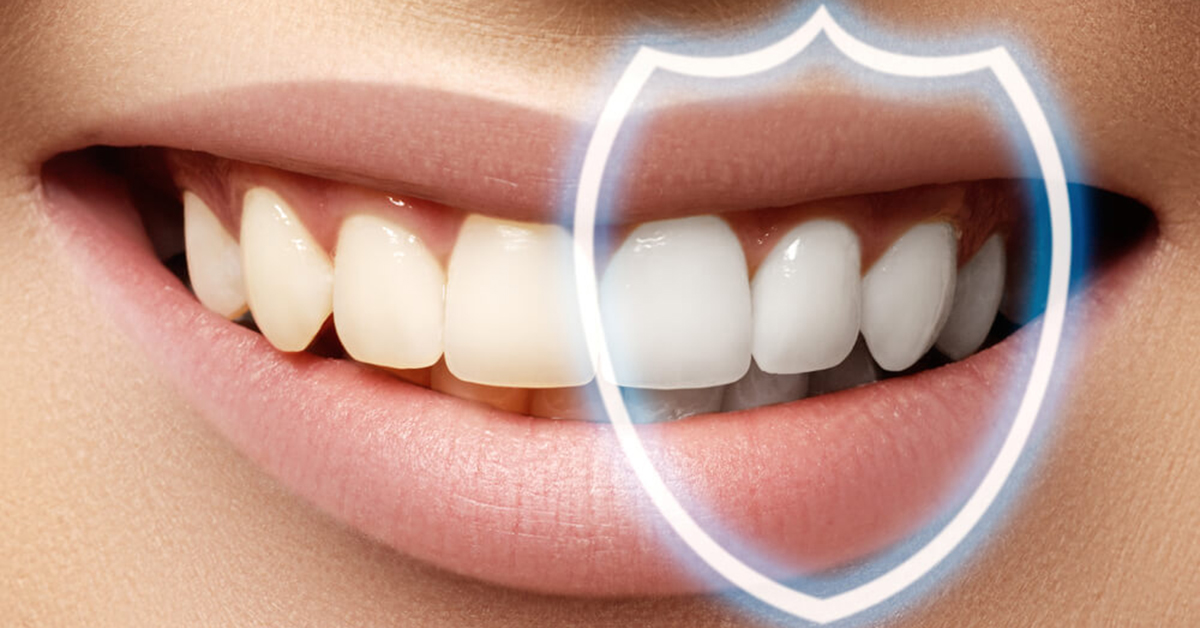
Dental bonding is the dental procedure that involves restoring the appearance of a tooth by cementing a tooth-colored resin to the natural elements of a tooth. This adhesive dental procedure is utilized in treating chipped, cracked or broken teeth and decayed teeth often.
Likewise, tooth bonding is also exploited in cosmetic dentistry treatments to enhance the smile aesthetics.
Types of Dental Bonding
Dental bonding can be classified into 2 types as follows:
- Direct Composite Bonding – It includes cementing a tooth-colored resin (plastic in general) material to restore the appearance of chipped or cracked teeth. It also includes covering the spaces in the teeth edges.
- Adhesive Bonding – It deals with restoring the natural appearance along with the shape of a damaged tooth by bonding dental restoration appliances like porcelain veneers, dental bridges and tooth crowns.
What are the dental problems fixed with dental bonding?
Following are the common oral issues for which a dentist recommends tooth bonding treatments:
- To repair and restore cracked, chipped teeth
- To close or cover the spaces between the teeth
- To enhance the appearance of stained or discolored teeth
- To make the teeth look longer
- Sometimes, the resin materials are also applicable in cavity fillings. Hence it can also be useful in treating dental cavities.
When the gums recede, it makes the root portions of the teeth. The dental bonding approach is also helpful in covering such soft and underlying regions of a tooth. It protects the teeth from infection and sensitivity due to exposure to foreign particles.
Procedures involved in tooth bonding
Dental bonding is the simplest cosmetic and restorative dental procedure. Unlike veneers and crowns, it does not require dental laboratories to fabricate custom-made appliances.
If you get the bonding for tooth decay, then the process will begin with drilling or carving out the decayed portion. Otherwise, a Dentist extracts a minor portion of the tooth enamel to bond the resin material.
Then, the Dentist uses shade guide to choose a composite resin material that matches the exact color of the patient’s teeth.
Now, the tooth to be treated is roughened with the help of a conditioning liquid. Then the tooth-colored resin material is adhered on the tooth surface with the help of a special bonding substance. It is followed by exposing the laser substance on the tooth to harden the material.
When the resin is hardened, the Dentist trims and polish the bonded substance to make it appear as the natural tooth.
How to care the bonded tooth?
The bonded tooth does not require special care and attention. But it is essential to take care of the bonded tooth as well as the natural teeth.
Even though the adhesive resins are stain resistant, beverages like tea, coffee are powerful to stain the resin. Hence it is essential to avoid those and smoking for 48 hours after fixing the resin.
Similarly, maintain an effective dental hygiene routine like brushing twice a day, flossing, rinsing out the mouth with mouthwashes. It is important to visit your Dental Health Specialist once for every 6 months to clean and check the bonded tooth.
Conclusion
The adhesive material cemented to the chipped tooth is not as sturdy as the natural teeth. When you bite hard substances like fingernails, ice cubes, bottle caps and others with the bonded tooth, then it will break and cannot last long as you think.



